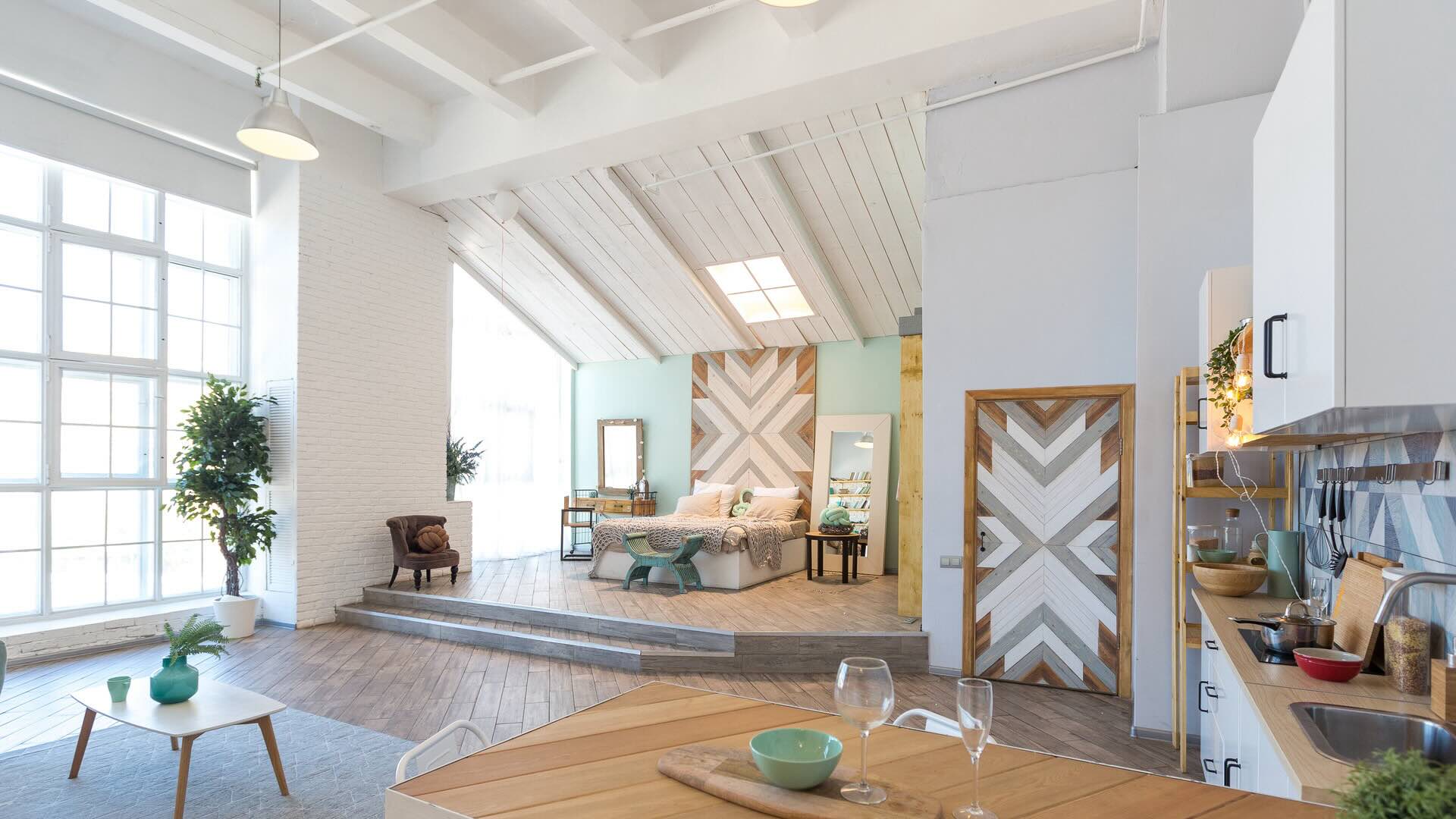

Articles
What Is A Ceiling
Modified: October 20, 2024
Discover the different types and benefits of ceiling articles. Find out how ceiling articles can enhance the aesthetics and functionality of your space.
(Many of the links in this article redirect to a specific reviewed product. Your purchase of these products through affiliate links helps to generate commission for Storables.com, at no extra cost. Learn more)
Introduction
A ceiling is an often overlooked yet essential element of any interior space. It serves both functional and aesthetic purposes, providing a protective barrier and enhancing the overall visual appeal of a room. Whether it’s in a home, office, or commercial setting, the ceiling plays a crucial role in creating a comfortable and inviting environment.
While many people may not give much thought to their ceilings, understanding the importance of this overhead surface can greatly impact the design and functionality of a space. From choosing the right materials to considering the overall style and maintenance requirements, every decision regarding the ceiling can have a significant impact on the overall look and feel of a room.
In this article, we will explore the various aspects of ceilings, including their definition, types, materials used, importance in interior design, considerations for choosing a ceiling, installation and maintenance tips, and the benefits of having a well-designed ceiling in any space.
Key Takeaways:
- Ceilings are more than just overhead surfaces; they contribute to the ambiance, acoustics, and insulation of a space. Understanding the types, materials, and design considerations is crucial for creating visually appealing and functional interiors.
- A well-designed ceiling enhances the overall aesthetics, defines space, and improves lighting and acoustics. Choosing the right materials, considering maintenance, and prioritizing proper installation are essential for creating inviting and comfortable environments.
Read more: What Is A Vaulted Ceiling
Definition of Ceiling
The ceiling, also known as the overhead surface or the topmost part of a room, is the horizontal plane that covers the upper portion of an enclosed space. It is the boundary between the walls and the roof or upper floor of a building. The purpose of a ceiling is to create a barrier that separates the interior of a room from the structure above, providing insulation, noise reduction, and protection against the elements.
Ceilings can vary in height and design, depending on the architectural style and purpose of the space. They can be flat, sloped, curved, or vaulted, adding depth and character to a room. A well-designed ceiling can transform the atmosphere of a space, making it feel more intimate, spacious, or dramatic.
Aside from its functional role, the ceiling also serves as a canvas for design and decoration. It can be adorned with paint, wallpaper, texture, or decorative elements such as crown molding, beams, or recessed lighting. Ceilings can be finished with a variety of materials, such as plaster, drywall, wood, metal, or acoustic tiles, each offering different aesthetics and features.
Overall, the ceiling is an integral part of interior design, contributing to the overall style and ambiance of a room. It provides a finishing touch to a space, tying together the walls, flooring, and other architectural elements.
Types of Ceilings
When it comes to ceilings, there are several types to choose from, each offering distinct characteristics and aesthetic appeal. Let’s explore some of the most common types of ceilings:
- Flat Ceiling: This is the most basic and common type of ceiling. It is a simple, flat surface that runs parallel to the floor, creating a clean and minimalist look. Flat ceilings are versatile and suitable for various interior styles.
- Vaulted Ceiling: Vaulted ceilings are characterized by their arched or curved design, creating a sense of grandeur and openness. They are often found in churches, cathedrals, or homes with a more traditional or luxurious architectural style.
- Tray Ceiling: Tray ceilings, also known as recessed ceilings or inverted ceilings, have a recessed center portion with raised edges. This design adds depth and visual interest to a room, making it a popular choice for dining rooms, bedrooms, or living spaces.
- Coffered Ceiling: Coffered ceilings feature a series of sunken panels or square or rectangular indentations, creating a grid-like pattern. This type of ceiling adds a touch of elegance and sophistication to a room and is commonly seen in formal spaces like libraries, offices, or dining rooms.
- Sloped Ceiling: Sloped ceilings are characterized by their angled or slanted design. They are often found in attics or rooms located under a slanted roofline. While sloped ceilings can pose challenges in terms of space utilization, they can also create a cozy and unique atmosphere in a room.
- Beadboard Ceiling: Beadboard ceilings are made up of narrow, tongue-and-groove wooden planks that are installed vertically or horizontally. This type of ceiling adds texture and a charming, cottage-like feel to a space and is commonly found in kitchens, bathrooms, or beach houses.
- Exposed Beam Ceiling: Exposed beam ceilings showcase the structural support beams of a building, giving a space a rustic, industrial, or farmhouse aesthetic. The beams can be made of wood, metal, or other materials, adding character and architectural interest to a room.
These are just a few examples of the many types of ceilings available. Each type offers its own unique style and can greatly impact the overall look and feel of a space. When choosing a ceiling type, it’s important to consider the architecture of the building, the purpose of the room, and the desired aesthetic outcome.
Common Materials Used for Ceilings
When it comes to choosing the right material for your ceiling, there are numerous options available, each with its own advantages and aesthetic appeal. Here are some of the most common materials used for ceilings:
- Drywall: Drywall, also known as gypsum board or plasterboard, is a popular choice for ceilings due to its affordability and ease of installation. It is made of a layer of gypsum sandwiched between two layers of paper or fiberglass. Drywall ceilings provide a smooth and seamless surface that can be easily painted or adorned with texture.
- Tongue and Groove: Tongue and groove paneling is made up of interlocking wooden boards that fit together to create a cohesive and visually appealing ceiling. This type of material adds warmth and a touch of rustic charm to a room. It can be left natural or stained in various colors.
- Metal: Metal ceilings, typically made of aluminum or steel, offer a sleek and modern look. They are durable, resistant to moisture and fire, and can be finished in different styles, such as smooth, textured, or perforated. Metal ceilings are often used in commercial settings, but they can also add an industrial touch to residential spaces.
- Wood: Wood ceilings, whether in the form of planks, panels, or beams, bring natural warmth and elegance to a room. Various wood species, such as pine, cedar, or oak, can be used to create different looks and textures. Wood ceilings can be stained or painted to achieve the desired aesthetic, ranging from traditional to contemporary.
- Plaster: Plaster ceilings, often seen in older homes or historic buildings, provide a timeless and refined look. Plaster is applied as a paste over metal or wood lath strips and can be molded into intricate patterns or designs. Plaster ceilings require skilled craftsmanship but can result in stunning architectural features.
- Acoustic Tiles: Acoustic ceiling tiles are designed to absorb sound, making them a popular choice for spaces where noise reduction is important, such as offices, theaters, or recording studios. These tiles, made from materials like fiberglass or mineral fiber, are lightweight, easy to install, and come in a variety of designs and textures.
- PVC: PVC (polyvinyl chloride) ceilings are moisture-resistant, making them suitable for areas prone to humidity, such as bathrooms or kitchens. They are lightweight, durable, and come in various patterns and colors. PVC ceilings are easy to clean and maintain, making them a practical option for busy households.
These are just a few examples of the many materials available for ceilings. Each material has its own unique characteristics, performance attributes, and aesthetic appeal. When choosing a ceiling material, consider factors such as durability, maintenance requirements, design compatibility, and budget to ensure you select the right material for your space.
Importance of Ceilings in Interior Design
While ceilings are sometimes overlooked when it comes to interior design, they play a crucial role in creating visually appealing and functional spaces. Here are some key reasons why ceilings are important in interior design:
- Visual Impact: Ceilings can significantly impact the overall visual appeal of a space. Whether it’s through unique architectural elements, decorative finishes, or creative lighting fixtures, a well-designed ceiling can elevate the aesthetic of a room and make a memorable impression.
- Enhanced Ambiance: Ceilings contribute to the ambiance and atmosphere of a space. For example, a high vaulted ceiling can create a sense of grandeur and openness, while a lower, coffered ceiling can add a touch of elegance and intimacy. The right ceiling design can enhance the mood and impression of a room.
- Space Definition: Ceilings can aid in defining the different areas within a room. By incorporating design elements like beams, arches, or changes in height, ceilings can visually separate spaces such as living and dining areas in an open floor plan, providing a sense of organization and functionality.
- Acoustic Control: Ceilings can play a role in sound control and acoustic performance. Certain ceiling materials, treatments, or installations, such as acoustic tiles or suspended ceilings, can help absorb sound, reduce echoing, and improve the overall acoustics of a space. This is particularly important in areas where noise control is crucial, such as offices or entertainment venues.
- Lighting Reflection: Ceilings act as a surface for lighting fixtures and can impact how lighting is distributed throughout a room. A light-colored or reflective ceiling can help bounce light around the space, making it feel brighter and more spacious. Additionally, recessed lighting or pendant lights can be strategically placed within the ceiling design to create focal points or highlight specific areas.
- Insulation and Energy Efficiency: Ceilings play a role in insulation and energy efficiency. Adequate insulation in the ceiling helps regulate the temperature and reduce energy consumption. Additionally, certain ceiling materials, like metal or insulated panels, can provide better thermal performance, contributing to a comfortable and energy-efficient space.
By considering the importance of ceilings in interior design, you can make informed decisions about the materials, styles, and finishes that will best suit your space. A well-designed ceiling not only enhances the overall aesthetics but also contributes to the functionality, comfort, and atmosphere of a room.
Ceilings are the upper interior surface of a room, often made of plaster or drywall. They can also include decorative elements like molding or beams. When considering a ceiling design, take into account the height of the room and the overall aesthetic you want to achieve.
Read more: What Is A False Ceiling
Factors to Consider When Choosing a Ceiling
Choosing the right ceiling for your space involves considering several factors that will impact its functionality, aesthetics, and overall design. Here are some important factors to consider when selecting a ceiling:
- Architectural Style: Consider the architectural style of your space. Whether it’s modern, traditional, or rustic, the ceiling should complement and enhance the overall design concept.
- Height and Space: Take into account the height and size of the room. A lower ceiling with the right design elements can create a cozy and intimate atmosphere, while a higher ceiling can make a room feel more spacious and open.
- Lighting Needs: Consider your lighting requirements. Identify where you want to place light fixtures and consider how the ceiling design can accommodate and enhance the lighting scheme of the room.
- Budget: Determine your budget for the ceiling project. Different materials, finishes, and designs come at various price points, so it’s essential to choose an option that fits within your budget without compromising on quality.
- Maintenance: Consider the maintenance requirements of different ceiling materials. Some materials may require more upkeep, such as regular cleaning, painting, or refinishing, while others are more low-maintenance and durable.
- Noise Control: Depending on the location and purpose of the space, consider the need for noise control. Certain ceiling materials or acoustic treatments can help absorb sound and reduce noise transmission between rooms.
- Climate: Take into account the climate and environment in which the space is located. For example, in humid areas, it may be beneficial to choose a moisture-resistant material for the ceiling to prevent warping or damage.
- Functionality: Consider how the ceiling will function in your space. Will it be purely decorative, or does it also need to accommodate functional elements such as ventilation, sprinkler systems, or wiring for audiovisual equipment?
- Personal Preference: Ultimately, it’s important to choose a ceiling that reflects your personal style and preferences. Consider what aesthetic qualities and design elements resonate with you and create a space that feels comfortable and welcoming.
By considering these factors, you can make an informed decision when choosing a ceiling that will not only enhance the overall design of your space but also meet your functional needs and budgetary requirements.
Installing and Maintaining Ceilings
Installing and maintaining ceilings is an essential part of ensuring their longevity, functionality, and aesthetic appeal. Here are some key considerations for installing and maintaining ceilings:
- Hiring a Professional: For complex ceiling installations or renovations, it’s advisable to hire a professional contractor or installer with expertise in ceiling work. They will have the necessary skills, tools, and knowledge to ensure a proper and safe installation.
- Preparing the Space: Before installing a new ceiling, it’s crucial to prepare the space. This may involve removing the existing ceiling materials, such as old plaster or drywall, ensuring the surface is clean and free from any debris or contaminants.
- Choosing Quality Materials: Select high-quality materials that are suitable for your specific needs and style preferences. Consider durability, maintenance requirements, and performance factors such as insulation properties or fire resistance.
- Proper Installation Techniques: Follow the manufacturer’s guidelines and industry best practices for the installation process. This includes ensuring proper measurements, using suitable fasteners, and following correct techniques for attaching and finishing the ceiling materials.
- Maintaining Cleanliness: Regularly clean and maintain your ceiling to keep it looking its best. Dust and debris can accumulate over time, particularly in textured or exposed beam ceilings. Regular dusting or vacuuming will help maintain a fresh and clean appearance.
- Repairing Damage: In the event of any damage, such as cracks, water stains, or sagging, address the issue promptly. Repair or replace damaged ceiling materials and address the underlying cause to prevent further damage or structural issues.
- Repainting and Refreshing: Over time, you may want to refresh the look of your ceiling by repainting it. Properly prepare the surface, remove any peeling or flaking paint, and apply a suitable primer and paint for your chosen ceiling material.
- Addressing Moisture Issues: Moisture can be a common problem for ceilings, leading to mold growth or structural damage. Ensure proper ventilation in areas prone to moisture, address leaks or water infiltration promptly, and consider moisture-resistant materials for high-humidity spaces.
- Inspecting Regularly: Regularly inspect your ceilings for any signs of damage, wear, or issues that may need attention. Check for cracks, discoloration, sagging, or any other abnormalities that may require repair or professional assistance.
- Following Safety Standards: When maintaining or repairing ceilings, always prioritize safety. Use appropriate protective gear, work with caution on ladders or scaffolding, and consult a professional if you are unsure or uncomfortable handling certain tasks.
By following these installation and maintenance practices, you can ensure that your ceilings remain in excellent condition and continue to enhance the look and functionality of your space for years to come.
Benefits of Having a Good Ceiling
A well-designed and well-maintained ceiling offers numerous benefits that contribute to both the aesthetics and functionality of a space. Here are some key benefits of having a good ceiling:
- Aesthetics and Visual Appeal: A good ceiling enhances the overall aesthetics of a room, adding visual interest and elegance. It can set the tone for the entire space, creating a focal point or a sense of depth and dimension.
- Completes the Design: A well-chosen ceiling ties together all the elements of a room, creating a cohesive and polished look. It complements the flooring, walls, and other architectural features, completing the overall design and enhancing the desired style.
- Improves Acoustics: Certain types of ceilings or acoustic treatments can help absorb sound and improve the acoustics of a space. This is especially important in rooms where noise control is necessary, such as offices, theaters, or recording studios, as it enhances comfort and speech clarity.
- Enhances Lighting: A good ceiling design can enhance the distribution and effectiveness of lighting in a room. It can be designed to reflect light, making the space feel brighter and more spacious, or to create focal points and highlight specific areas with strategic placement of lighting fixtures.
- Provides Insulation: Ceilings contribute to the insulation of a space, helping to regulate temperature and reduce energy consumption. Insulated ceiling materials or proper installation techniques can enhance thermal performance and contribute to a comfortable and energy-efficient environment.
- Protects Against Elements: Ceilings provide protection against the elements such as rain, wind, or dust. They act as a barrier between the interior of a space and the roof or upper floor, preventing moisture infiltration and adding a layer of insulation.
- Defines Space: Ceilings can define and separate different areas within a room, enhancing functionality and organization. By incorporating design elements like beams or changes in ceiling height, rooms can be visually divided, creating distinct zones or designated areas for specific activities.
- Conceals Structural Components: Ceilings can be used to conceal structural components or unsightly elements such as wiring, ductwork, or plumbing. This creates a clean and polished look, improving the overall aesthetics of a space.
- Increases Property Value: A well-designed and well-maintained ceiling adds value to a property. It contributes to the overall appeal and marketability of a space, making it more attractive to potential buyers or tenants.
- Creates a Sense of Comfort: Ultimately, a good ceiling design creates a sense of comfort and well-being in a room. It can make a space feel more inviting, cozy, or spacious, contributing to an overall positive experience for occupants.
These benefits highlight the importance of investing in a good ceiling design and proper maintenance. By considering the aesthetics, functionality, and overall impact of the ceiling, you can create a space that is visually appealing, comfortable, and functional.
Conclusion
Ceilings may often be overlooked, but they play a pivotal role in the overall design and functionality of interior spaces. From enhancing the visual appeal and defining the atmosphere to providing insulation and improving acoustics, a well-designed ceiling offers numerous benefits.
By understanding the different types of ceilings, considering the appropriate materials, and taking into account factors such as architectural style, lighting needs, and budget, you can make informed decisions about the right ceiling for your space. Additionally, proper installation and maintenance practices ensure that your ceiling stands the test of time and retains its aesthetic and functional qualities.
A good ceiling not only completes the look of a room but also contributes to the overall comfort and experience of its occupants. It can create a sense of space, enhance lighting, provide insulation, and even add value to your property. Considering the importance of ceilings in interior design is crucial to achieving a space that is both visually appealing and functional.
So, whether you opt for a vaulted, coffered, or flat ceiling, choose materials that suit your style and needs, and prioritize proper installation and maintenance. With a well-designed and well-maintained ceiling, you can transform any space into a visually stunning and inviting environment.
Frequently Asked Questions about What Is A Ceiling
Was this page helpful?
At Storables.com, we guarantee accurate and reliable information. Our content, validated by Expert Board Contributors, is crafted following stringent Editorial Policies. We're committed to providing you with well-researched, expert-backed insights for all your informational needs.
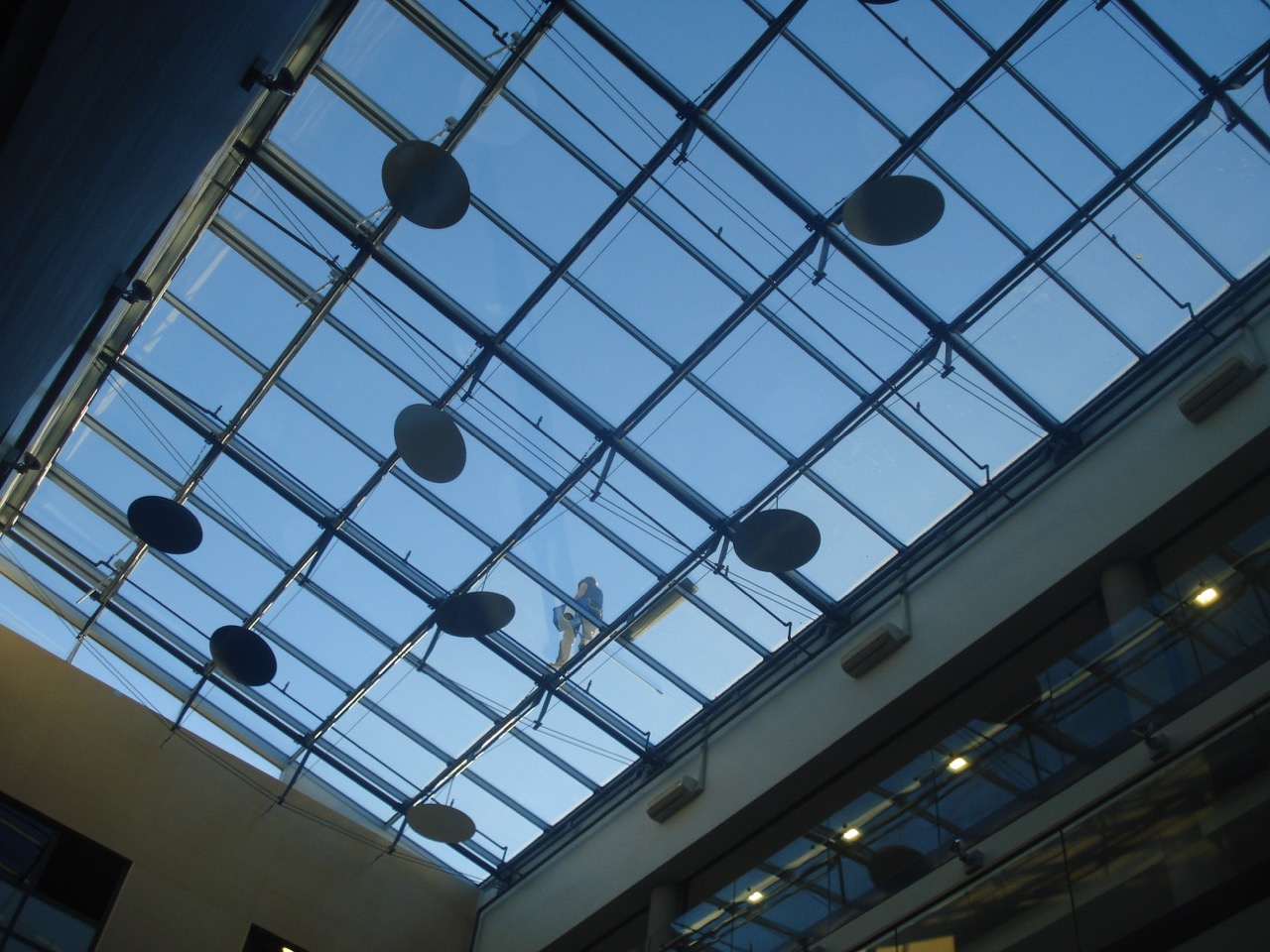
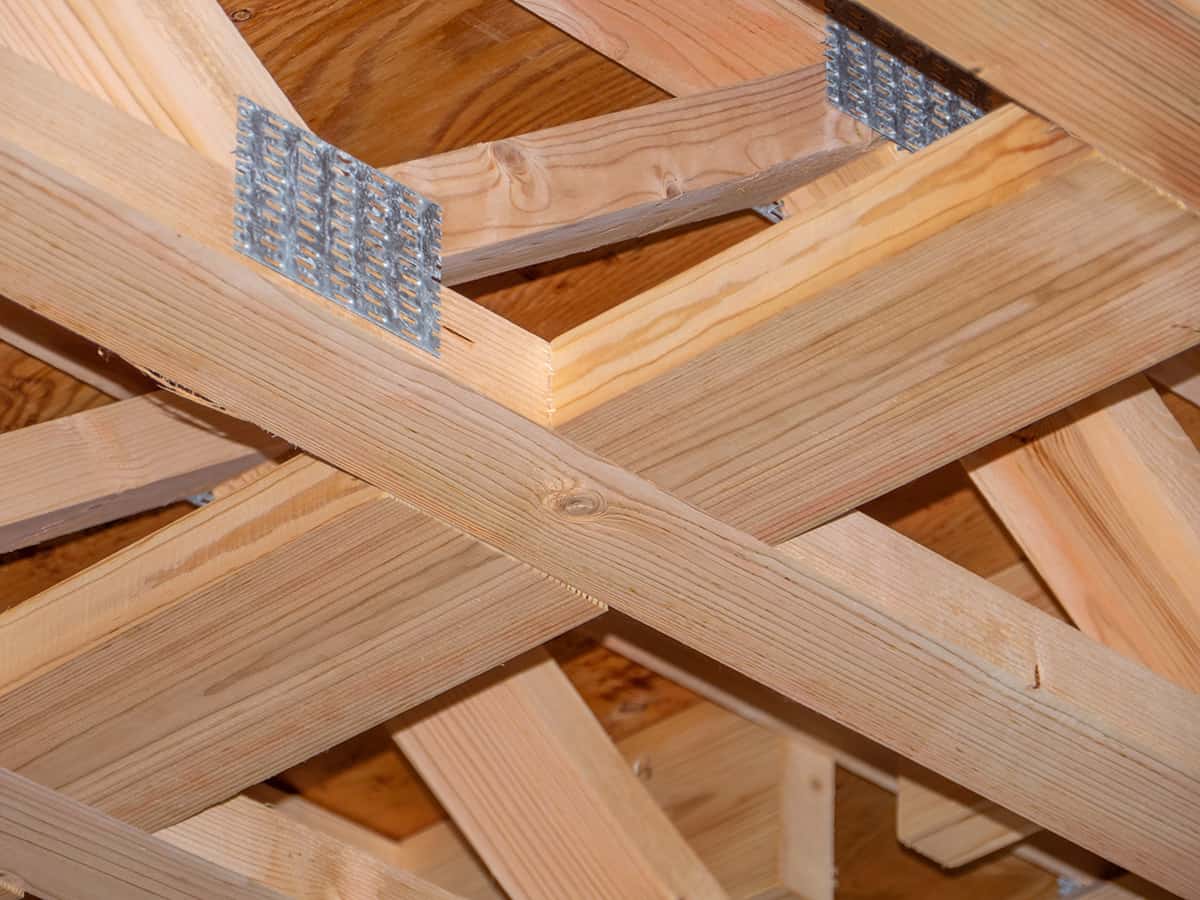
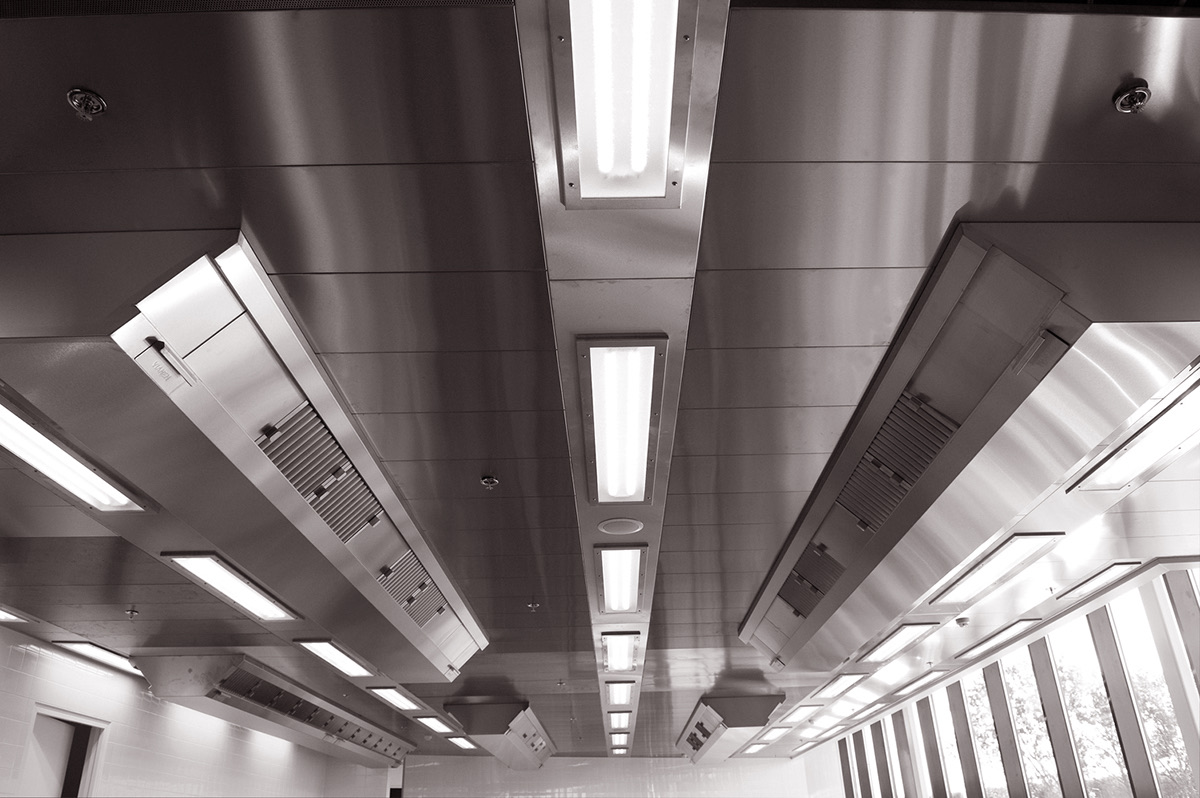
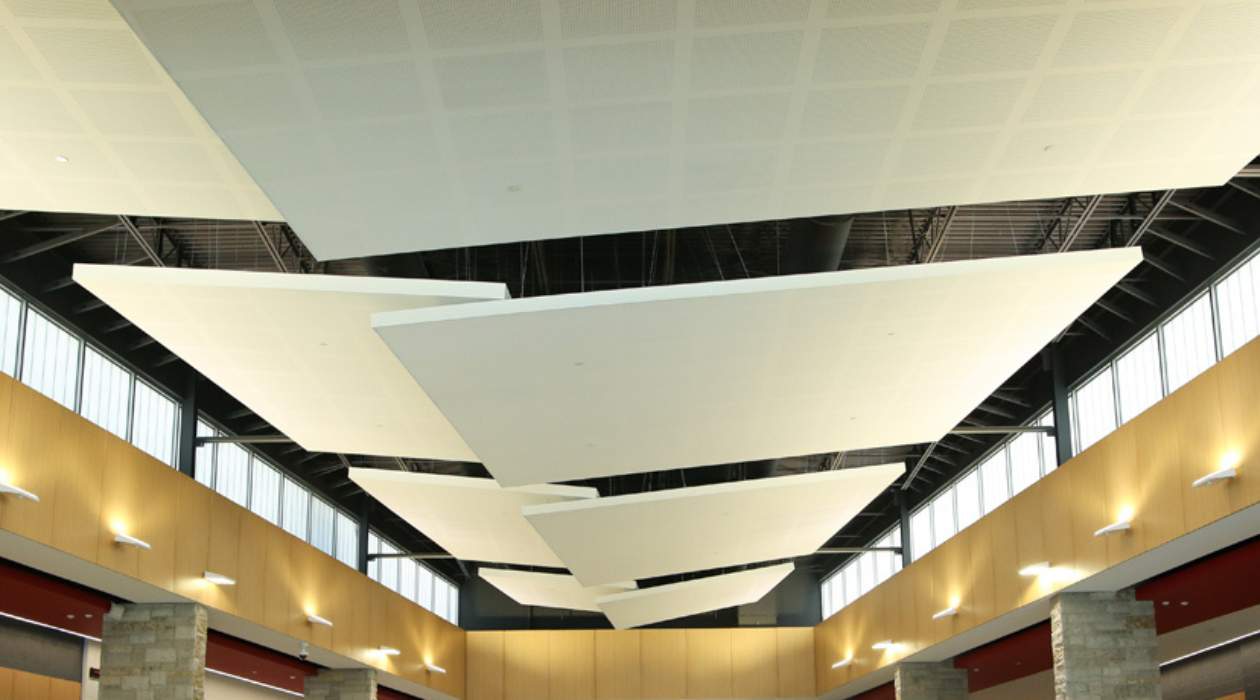
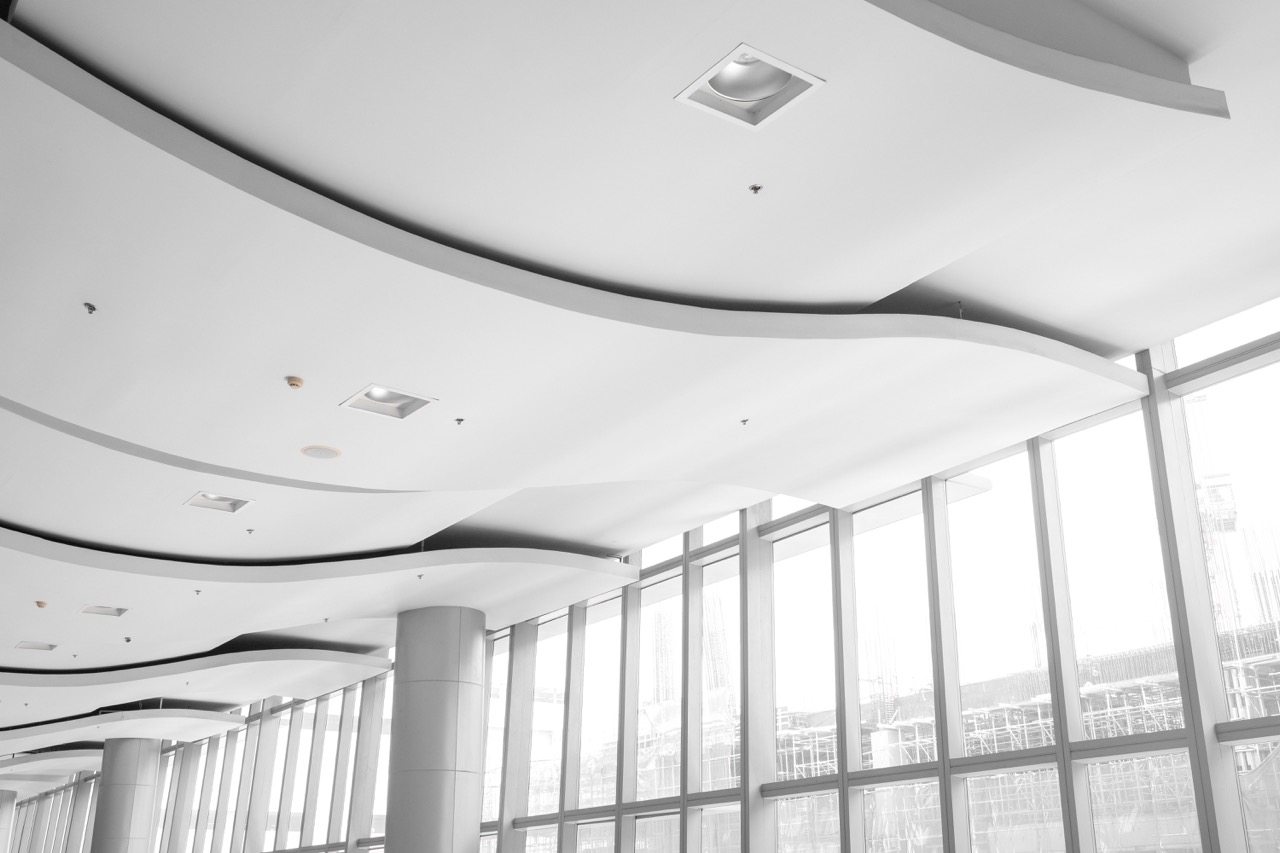
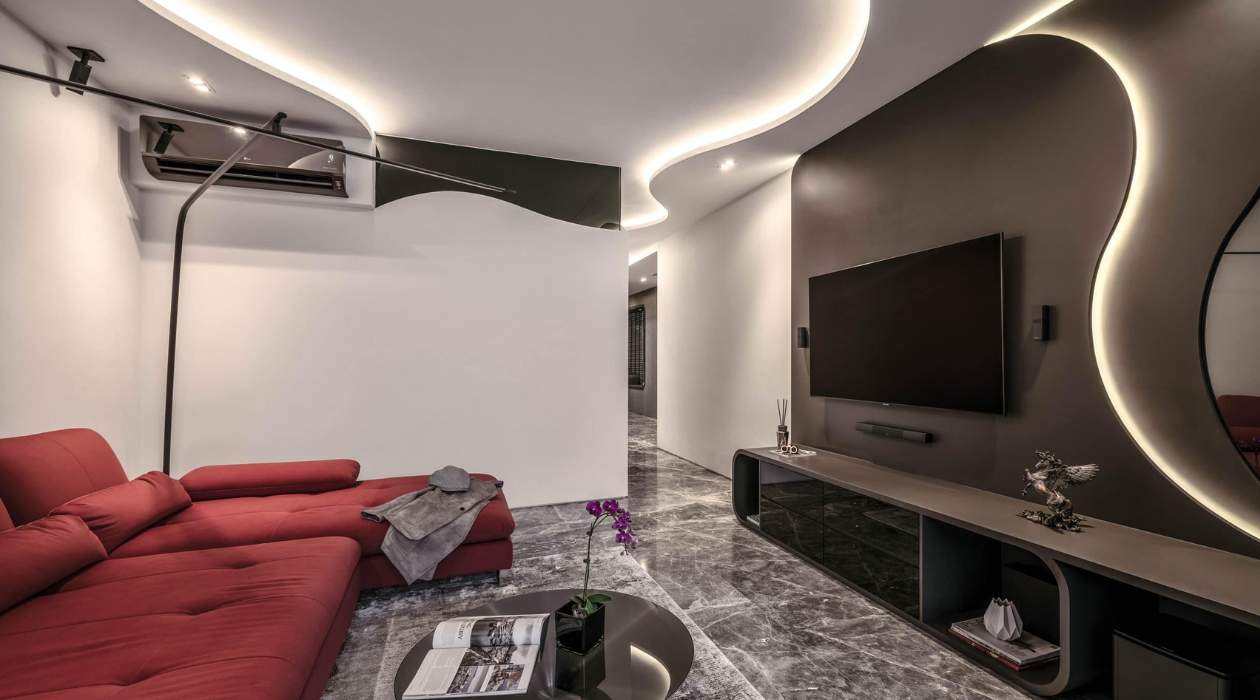
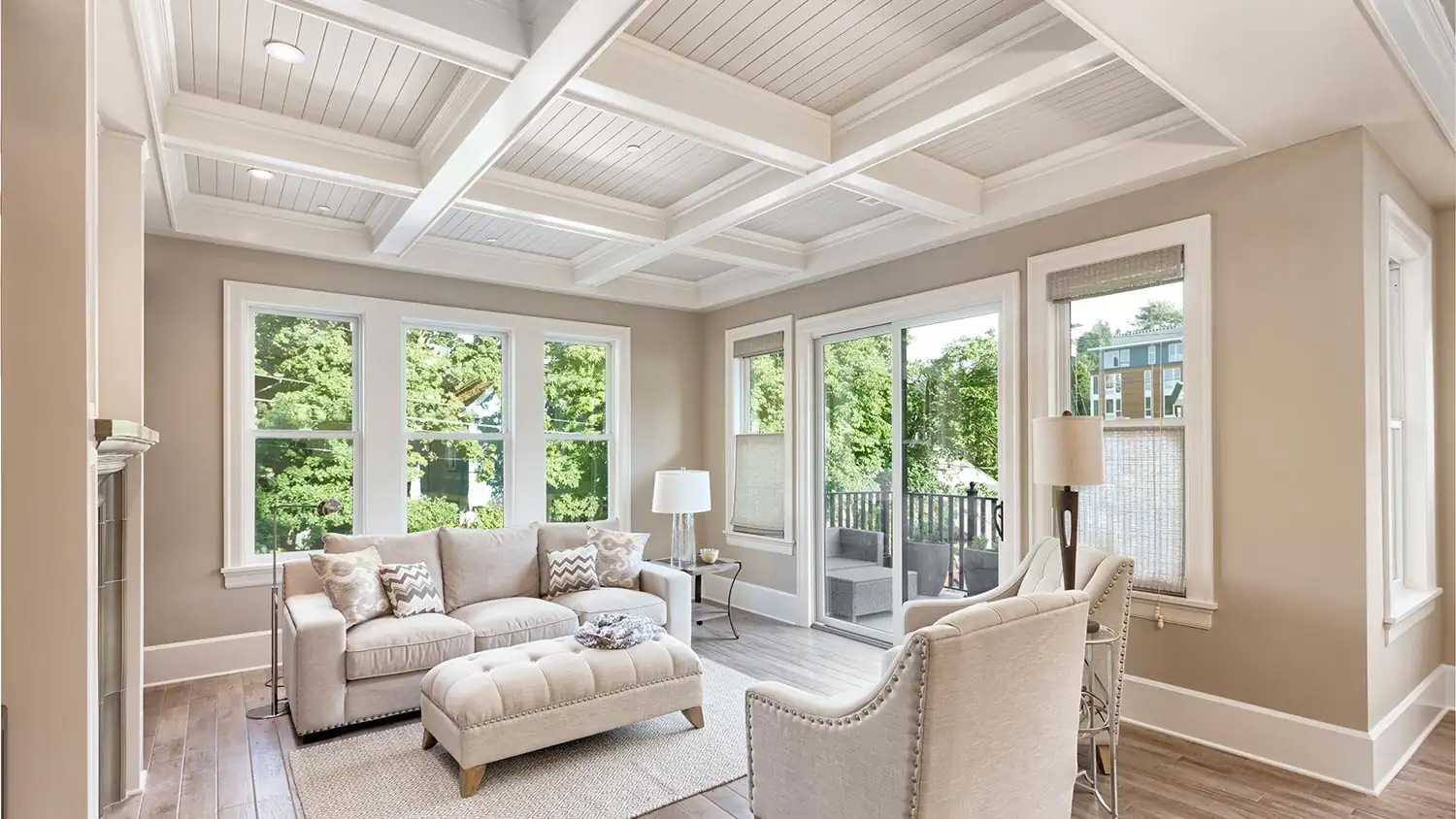
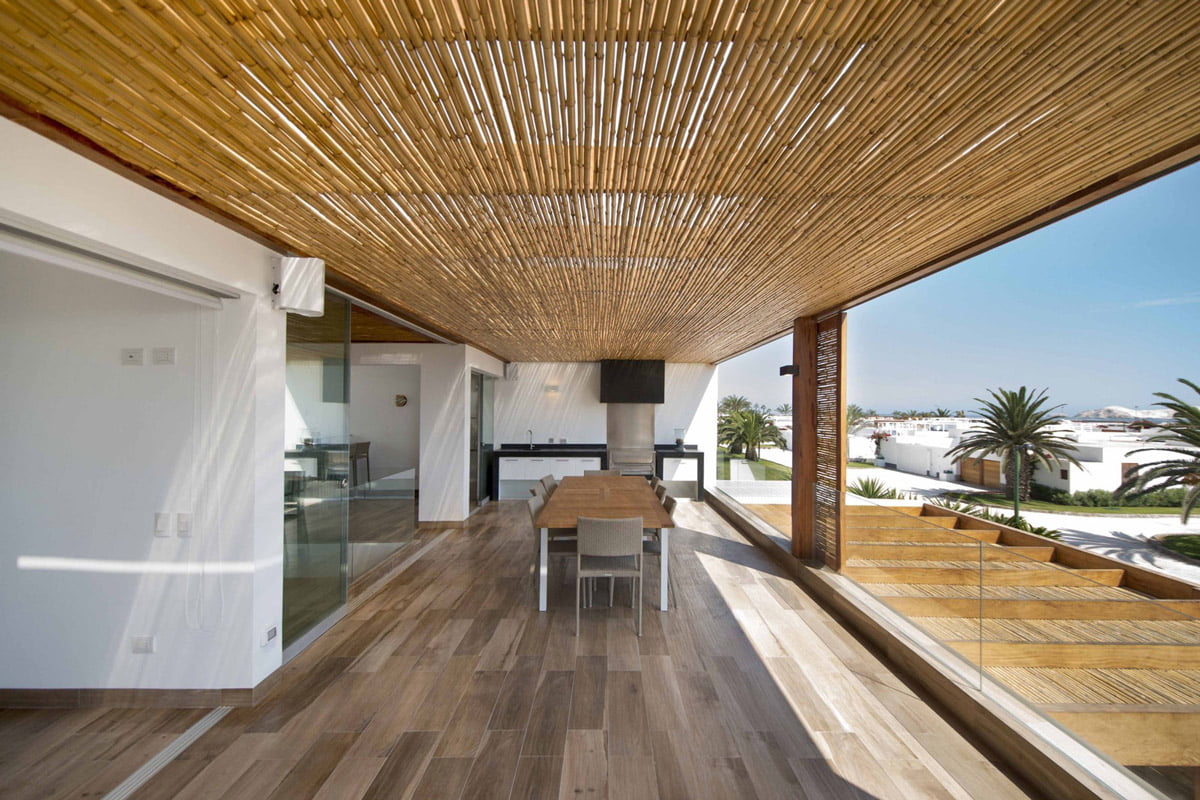
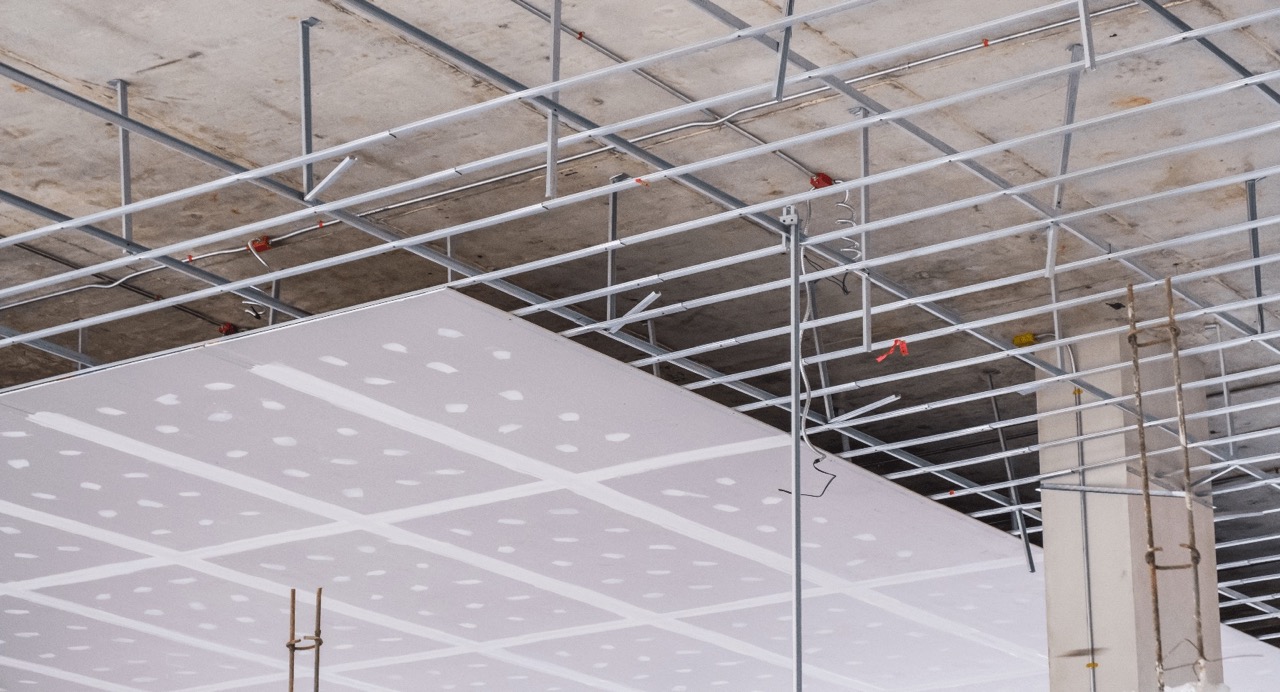
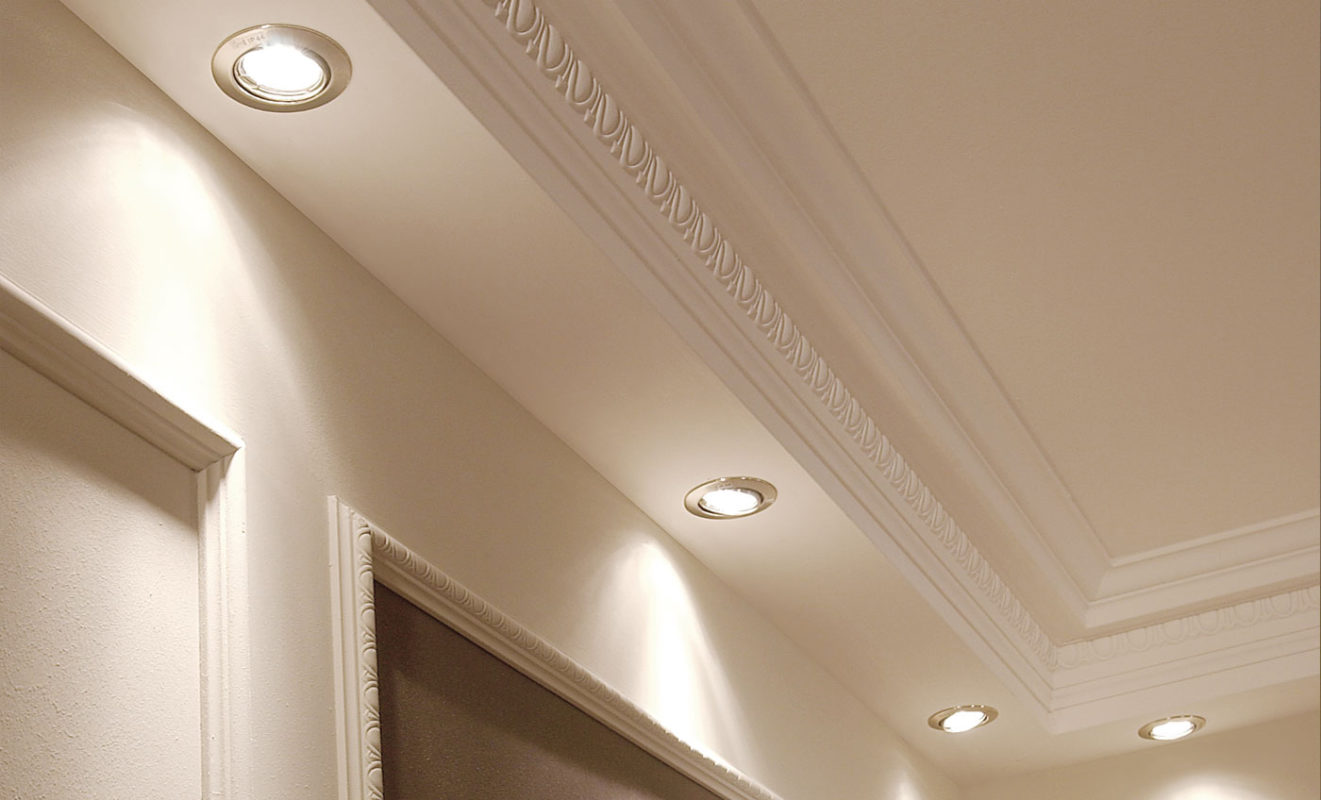
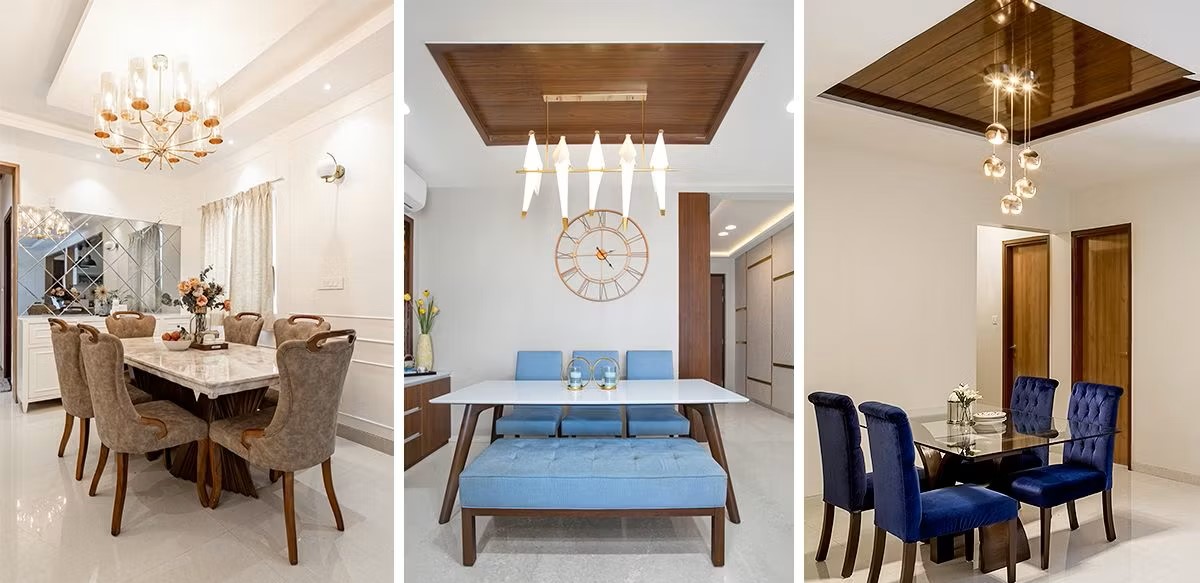
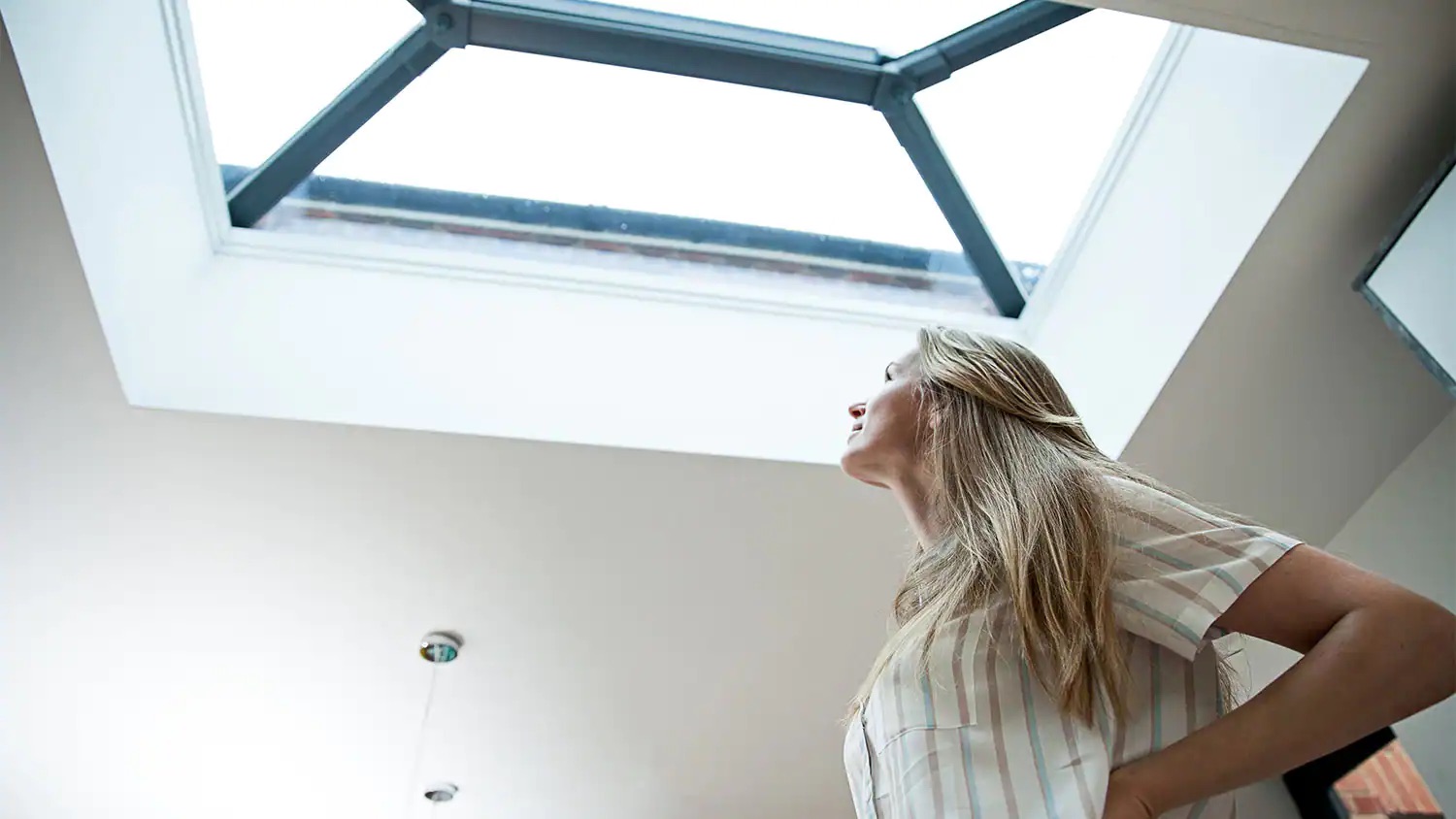
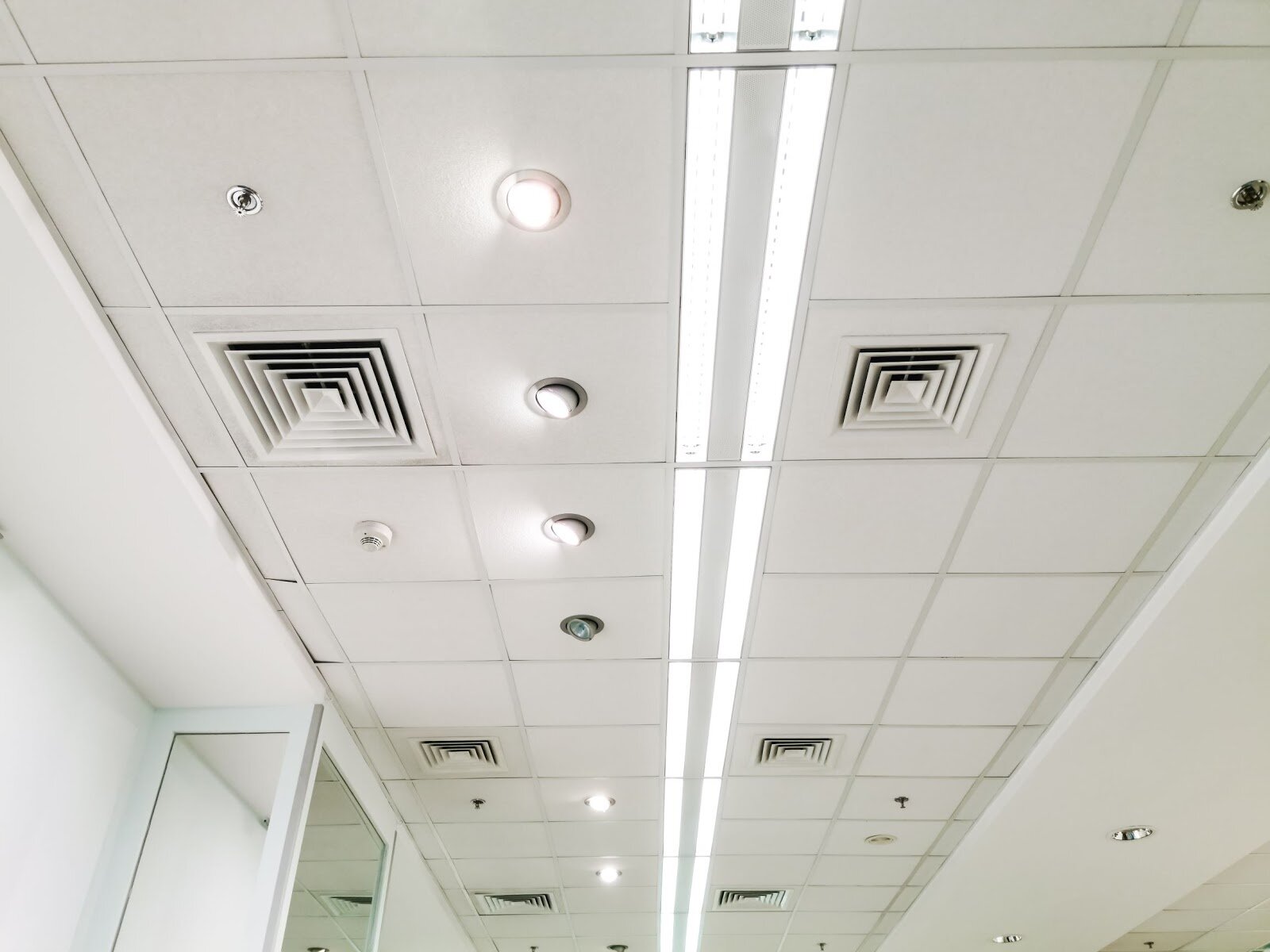


0 thoughts on “What Is A Ceiling”